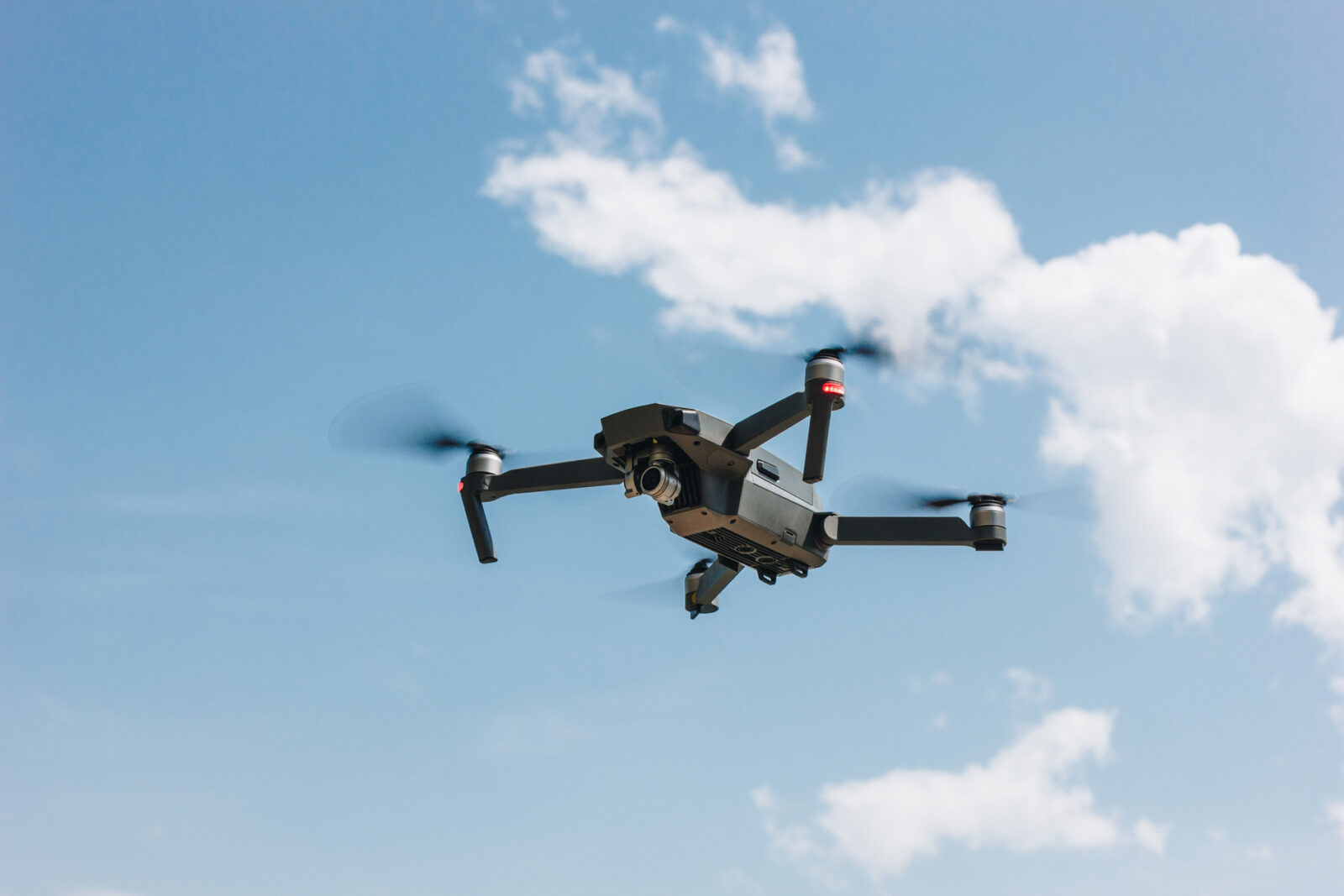Over the past decade, drones have taken flight into mainstream life. Once seen only in military and aviation circles, now everyone from hobbyists to huge corporations makes use of drone tech. Powering this revolutionary rise are rapid tech innovations pairing artificial intelligence with increasing mobility and adaptability.
Streamlining Physical Hardware
Early drones required bulky on-board computers, sensors and wiring that weighed the craft down. Engineers have drastically cut excess bulk through micro-circuitry innovations, allowing for centimeter-scale control boards. This leaves more room for flight power equipment or other tools matching the drone’s function. Slimming down also enhances stability and safety should components fail. With a smaller profile, back-up devices take less space when needed most.
Versatile Propulsion Solutions
Drones operate in highly diverse conditions, from cramped, indoor industrial settings to open, outdoor environments. Their unique propeller systems enable specialized applications through balanced speed, scale and noise profiles. For example, public safety drones patrol silently with muffled rotors, unlike the roar of news copters. Tactical military drones carry agile helicopter-style rotors to hover and dive unpredictably. High-performance drone propellers made by a company like Aerodine Composites empower customizable builds tailored to precise roles. Smooth, rapid-response electric motors vastly outperform old gas types, allowing quicker positioning.
Onboard Brains Operating Instinctively
Earlier drones relied on manual piloting to calculate flight adjustments. Modern self-stabilizing and collision control programming acts as an autonomous co-pilot for complex maneuvers. By constantly gathering environmental data and directing responsive propulsion, some UAVs even demonstrate dynamic cataloging of new spaces and reactive obstacle avoidance. This artificial intelligence frees human operators to focus less on micromanaging motion and more on strategic oversight. Drones gain skills to enter unpredictable settings where split-second reactions matter.
Enhanced Vision and Situation Awareness
Crucial to responsive flight is a drone’s sensor visibility. Multiple high-resolution cameras, radar imaging and other detectors feed real-time insights on position, speed, direction and emerging conditions. Encircling the craft 360 degrees grants comprehensive perspective that no human pilot alone can match. This surround-view navigates the intended flight plan while monitoring for potential conflicts. Should any hazards appear, counter maneuvers engage automatically based on environmental scanning. Greatly expanded sight combined with data sharing between drone units allows swifter coordination.
Secure Remote Operation Networks
Early UAVs relied on short-range radio linking to their handler, which limited distance and reliability. The rise of wireless broadband now allows drones to operate miles away via cellular signal or satellite. Enhanced connectivity ensures a constant stream of telemetry data and command updates. This allows drones to execute assignments in the field while sending footage and sensor readings back to home base. Drones enable remote presence into events and areas challenging or dangerous for humans to enter personally. Secure encryption over modern networks will facilitate more roles requiring responsiveness without proximity.
Extended Flying and Charging
Limited battery technology long hampered widespread drone adoption since brief operating times cut many applications short. Ongoing innovations almost double flight duration on a single charge up to 45 minutes or more. Swappable modular power sources allow quick pit stops to resume monitoring activities faster. Plus, durable hardware withstands daily use without performance decline over years of recharges. Such airtime and longevity improvements make drones more viable across prolonged tasks.
Conclusion
Once constrained to military domains, drones now spread innovations into countless sectors through accessible and intelligent tools. Advancements in processing, flight systems, sensing and networking converge to launch this tech into the mainstream. The ongoing drone revolution brings greater mobility and perspective to bolster safety, productivity and discovery across aerial applications. Tech momentum indicates UAV influence will only continue ascending to expand how business and life take off to new heights in the coming future.












